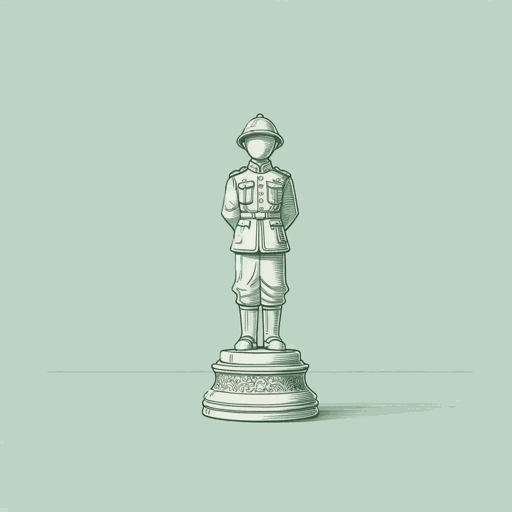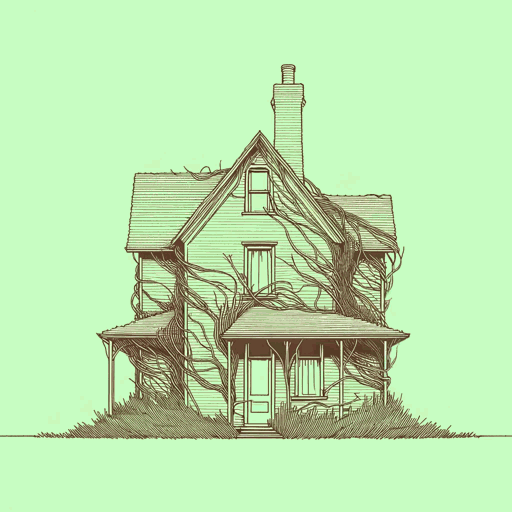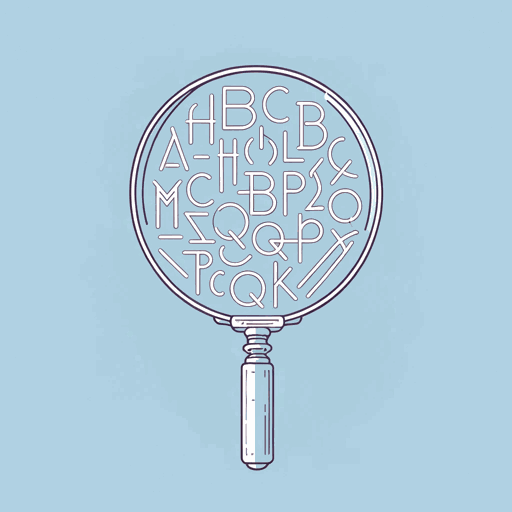69 pages • 2 hours read
Agatha ChristieThe Mousetrap
Fiction | Play | Adult | Published in 1950A modern alternative to SparkNotes and CliffsNotes, SuperSummary offers high-quality Study Guides with detailed chapter summaries and analysis of major themes, characters, and more. For select classroom titles, we also provide Teaching Guides with discussion and quiz questions to prompt student engagement.
Themes
The Construction of Identity
In The Mousetrap, Christie explores identity creation in a transient and secluded location, a snowed-in guest house. Christopher hides his real name and identity as an army deserter, but says, “I do so like knowing all about people [...] people are so madly interesting” (6). Christie shares his enthusiasm in how her characters present themselves to each other. Christopher’s way of creating an alias is largely through omission; he does not reveal that he deserted the army, but otherwise, he retains and perform his identity traits. For instance, he mentions he finds policemen attractive, which codes him as gay, and this aspect of Christopher’s identity likely contributed in some way to his desertion.
In addition to omission, another style of identity formation is to throw out false flags and half-truths. Miss Casewell uses this tactic. She says, “You didn’t know I was a writer, did you?” but almost immediately admits this is not true: “Actually I’m not” (18). Her goal is to find her brother Georgie in whatever disguise he has assumed. Miss Casewell offers half-truths, like when she gives her real first name, Katherine, but not her real last name. Trotter’s reaction to this half-truth is one thing that tips off Katherine that he is really her lost brother, Georgie.
Related Titles
By Agatha Christie

A Murder Is Announced
Agatha Christie

And Then There Were None
Agatha Christie

A Pocket Full of Rye
Agatha Christie

Crooked House
Agatha Christie

Death On The Nile
Agatha Christie

Murder at the Vicarage
Agatha Christie

Murder on the Orient Express
Agatha Christie

Poirot Investigates
Agatha Christie

The ABC Murders
Agatha Christie

The Murder of Roger Ackroyd
Agatha Christie

The Mysterious Affair at Styles
Agatha Christie

The Pale Horse
Agatha Christie

Witness for the Prosecution
Agatha Christie

